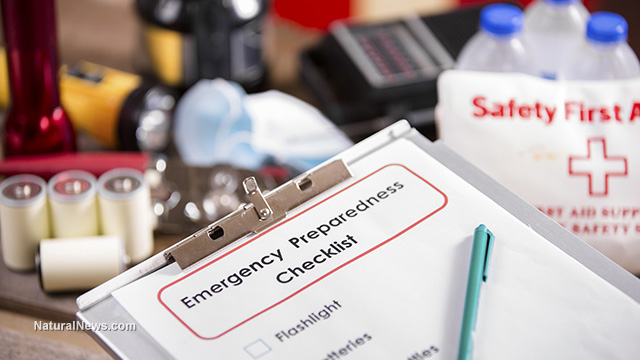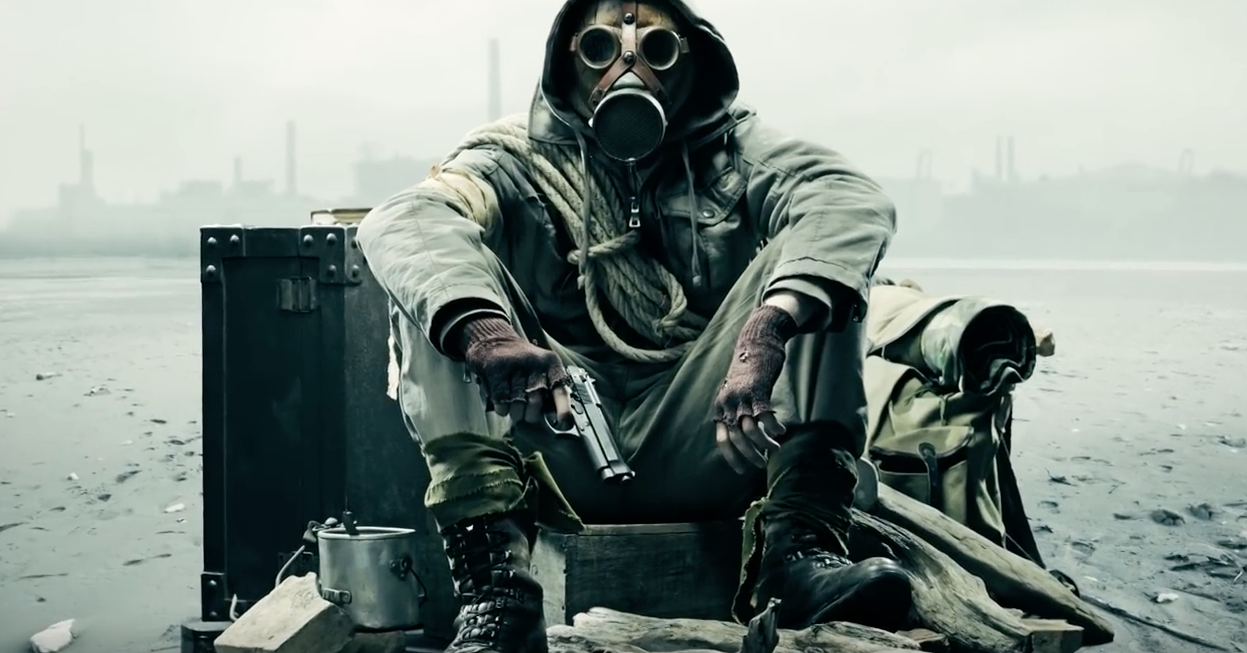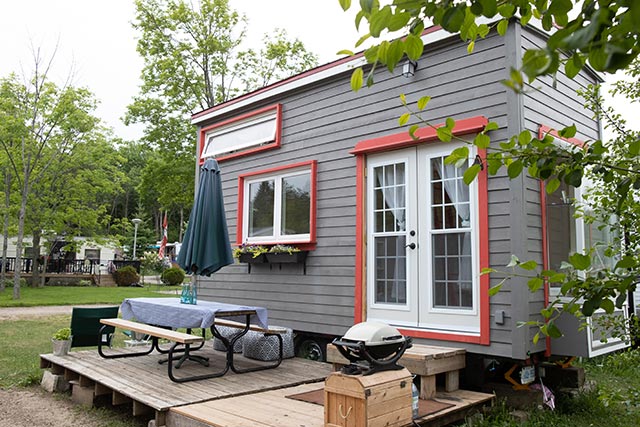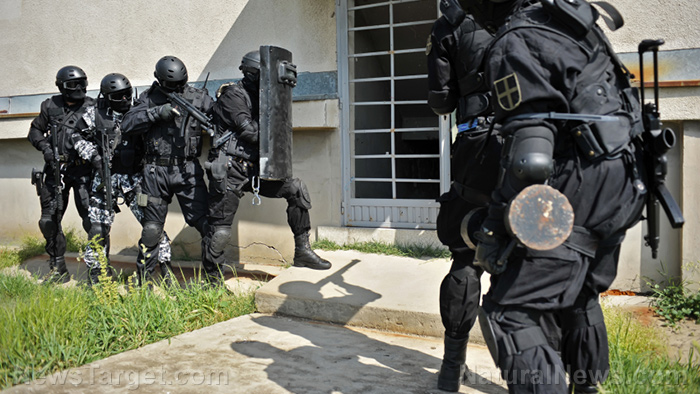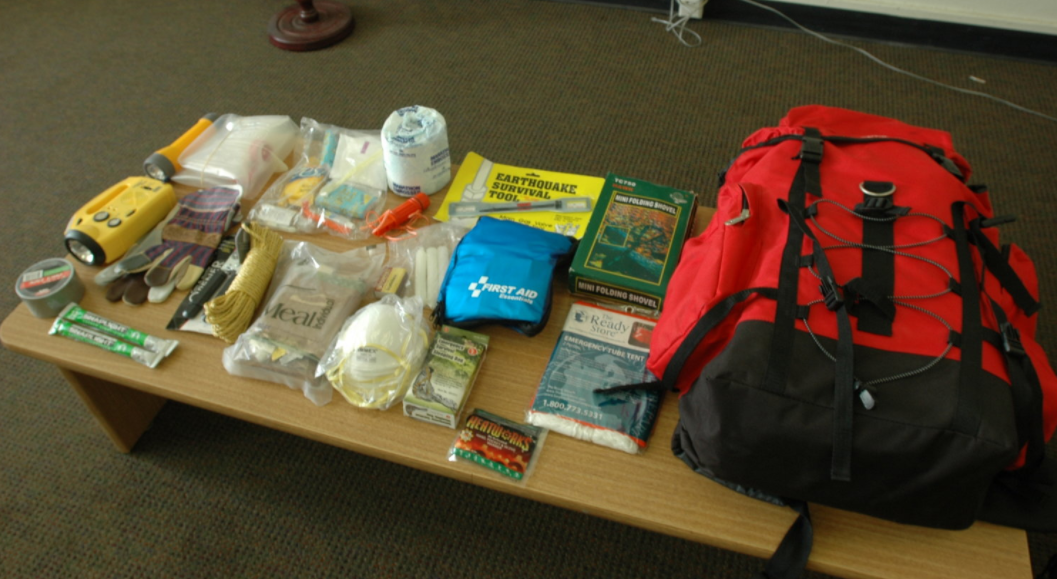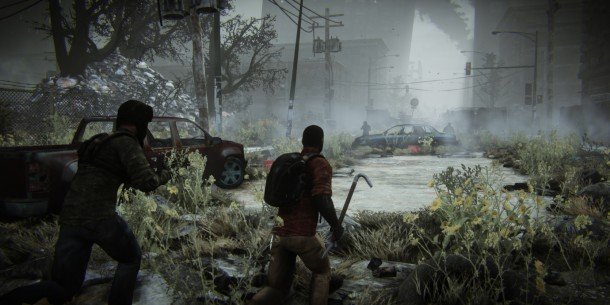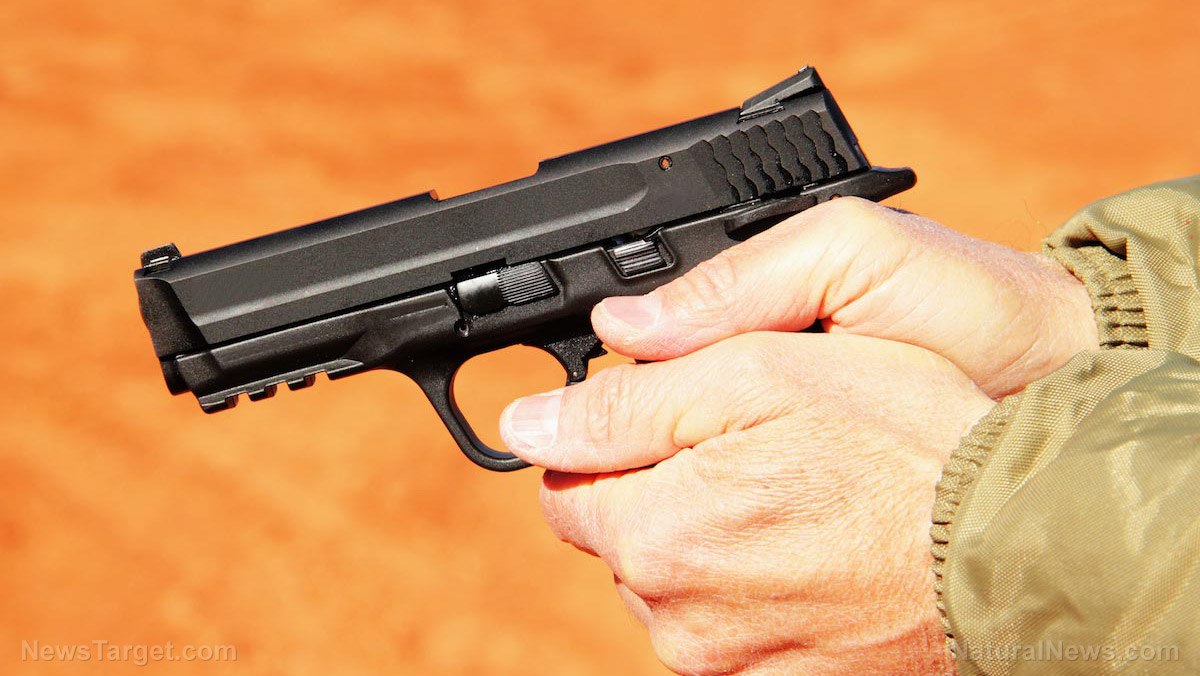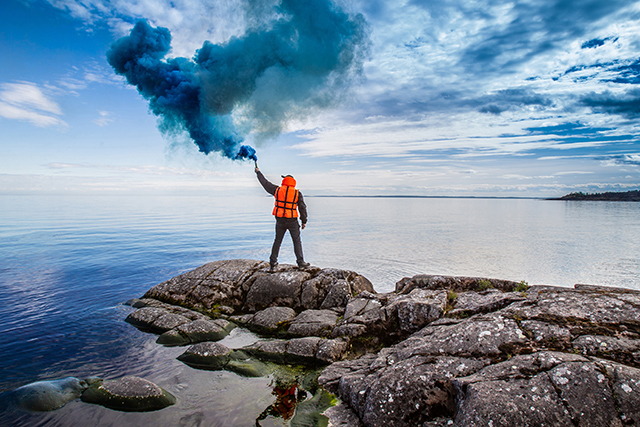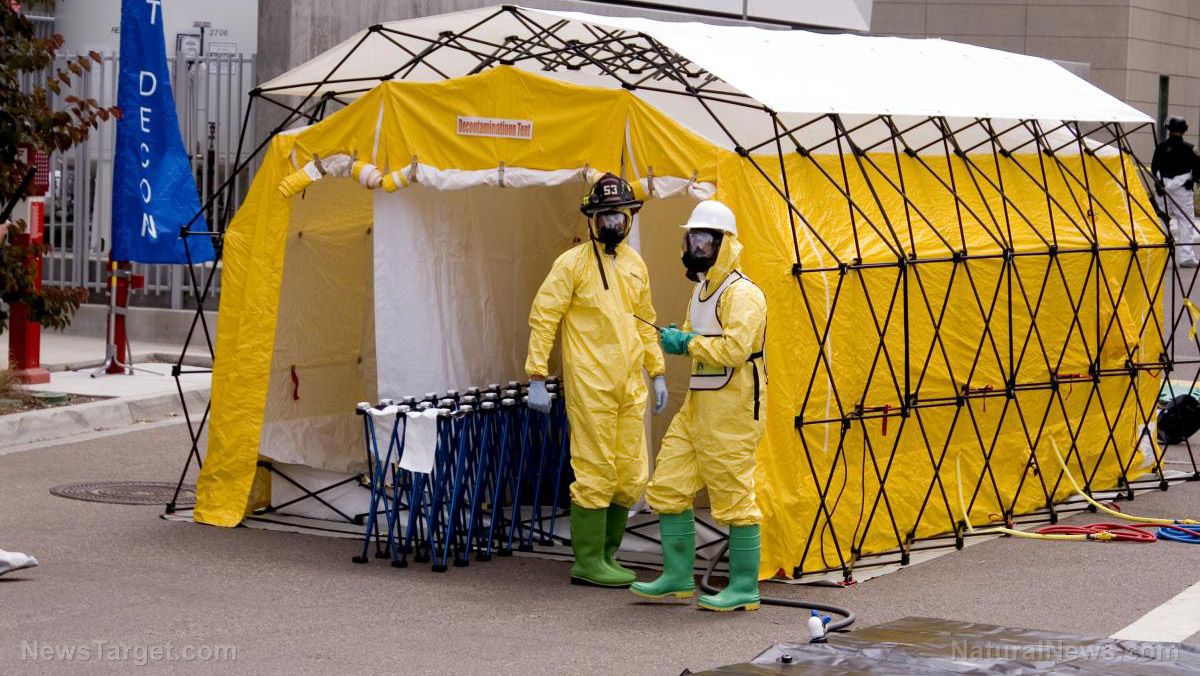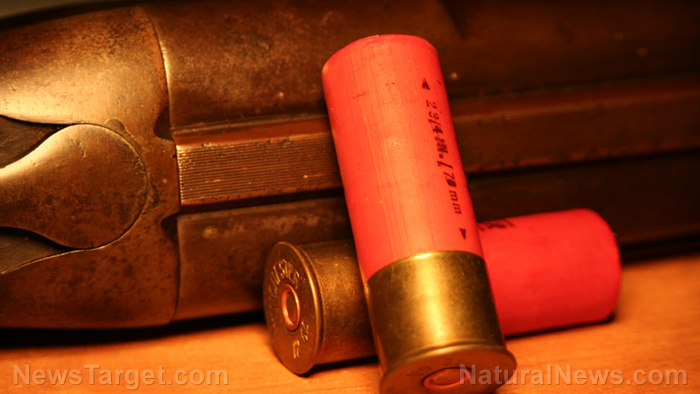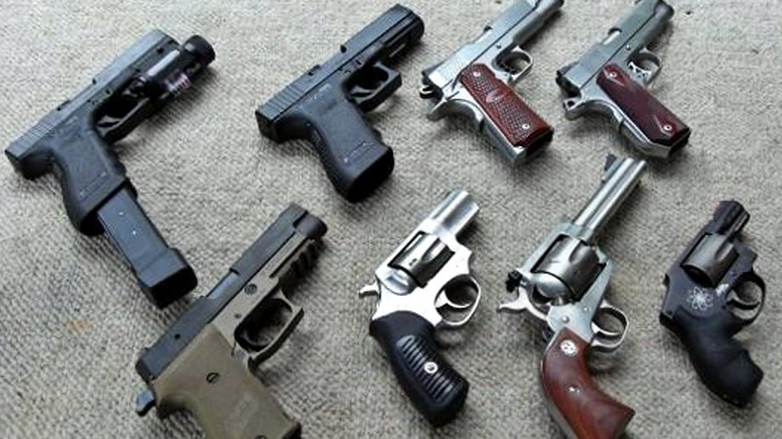Practical considerations for choosing which guns to have when SHTF
03/04/2019 / By Rhonda Johansson

A strong man doesn’t need to read his future; he makes his own. The same principle applies to every smart prepper. Whereas the rest of society would call us kooky and imagine us hiding out in our camper with tin hats over our heads, we understand the necessity of being prepared for anything. That being said, there is prepping and then there is prepping. Seasoned preppers recognize the importance of knowing just how much gear we really need for when SHTF.
So let’s talk about guns. How many guns do you really need for survival? If you’ve ever played any sort of computer game at all, you may think that carrying a bunch of guns (of all types) is the best option.
But real life is quite different.
Here are some practical considerations when choosing which guns to have when SHTF. (h/t to SurvivalSullivan)
First off, buying guns requires money. Even the cheapest guns are pricey, and you really wouldn’t want to risk your life or your loved ones by buying a gun that won’t work when you really need it. We recommend buying high quality guns, but these will put a dent in your wallet. We’re talking about a minimum of around $3,000, more or less. And that’s not including support equipment like holsters, pouches, and slings.
Guns are also heavy. Make no mistake: Running around with a gun and its ammo, along with your other equipment, will make you very tired – even if you’re very fit. Recognize your own physical capabilities and gauge how many guns – and their ammo – you can actually carry. (Related: If you’ve stopped prepping, it could be the biggest mistake of your life.)
Sponsored solution from the Health Ranger Store: Lab-verified Nascent Iodine solution is a dietary supplement that provides your body with supplemental iodine to help protect your thyroid during radiation exposure. Nuclear accidents such as Fukushima (or nuclear war) can expose your body to radioactive iodine-131, a dangerous radioisotope. Pre-loading your system with stable iodine occupies the iodine receptor sites on your organs, causing your body to naturally expel radioactive iodine you may have been exposed to through air, food, water or milk products. This defensive strategy is recommended by nearly all health authorities, worldwide, including the Nuclear Regulatory Commission. Discover more at this link.
In line with this, consider that guns and ammo take up space, both on your person and in your home. Responsible gun owners keep their gun in a secured container to prevent theft. However, if you need to leave quickly, you can’t lug around this cache wherever. You may want to bring some guns in your car, but this is not generally recommended. Remember that there are interstate laws involved in carrying and traveling with a firearm. What is legal in one state may not be in another. And even if you are just traveling around in one state, cars are not the safest option for storing guns. Cars can be easily broken in to.
You should also consider how many responsible, trained shooters you will have during an emergency. This will help you determine how many guns you should have. Smart preppers always consider their survival group, or the people they are counting on to be there with them during emergencies. In a family survival group, for example, trained adults with the proper temperament should be assigned a gun (or two).
If you are a member of an independent survival group, determine your group’s rules and guidelines on weapons. Do you have to provide your own weapons, or is there a specific member responsible for procuring for the other members?
If you are just concerned about yourself, you would generally only need one gun.
In terms of what type of gun to bring, this is another discussion entirely. Each type of gun has its own advantages, and you may find yourself inclined to use one over the other because it suits your style and preferences. Still, handguns are usually recommended for “normal” SHTF scenarios as these are versatile and are effective for a variety of scenarios.
Your choice should be influenced by your general plan and surroundings. In most suburban and urban environments, long guns are too conspicuous and are not quite as effective as a handgun. Conversely, handguns may not pack enough firing power in a rural environment.
Sources include:
Tagged Under: equipment, firearms, Gear, guns, preparedness, prepping, Second Amendment, self-defense, self-reliance, SHTF, survival, survival cache, survival gear, weapons



